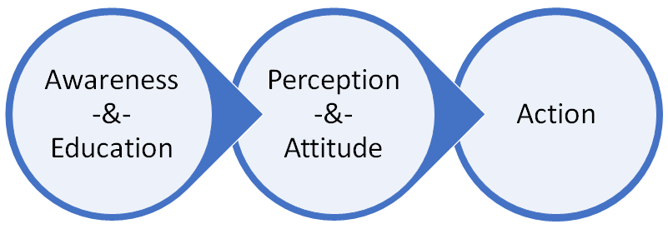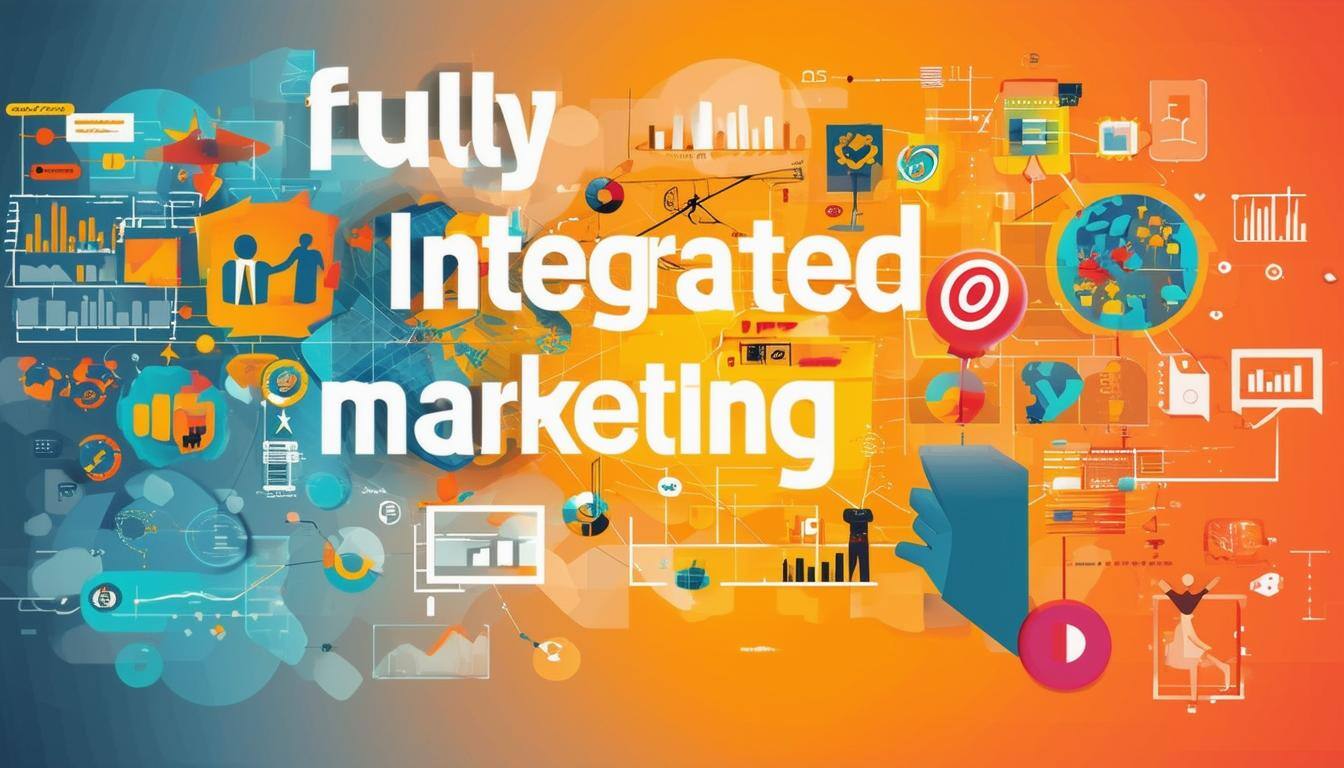
What do brands offer their consumers? Business Unit Director, Rhein Weitz, looks into what brands have to offer and how they should offer it.
Consumers have been around since, well, forever and considering that forever is a super long time, think about how business people and entrepreneurs were able to get these guys to select their product over someone else’s.
Brands: they are old... really old
The subtitle makes it sound like they’re old news, and in a way, brands are! The Ancient Egyptians started branding their livestock in early as 2700 BC, and brands continue to play a dominant positions across the globe.
There is only one consumer that buys your product or service to see just how poor or cheap it is, or to find all its weakness, and that is your competitor. Everyone else wants nothing but the best from it.
There are a number of ways the consumers can consider a purchase between competitors, but for this blog, I would like to isolate the conversation to what they:
- know about the category
- have heard about the product/service within the category
- need the product or service to accomplish
- are prepared to invest in the solution
- are prepared to lose investing in a solution
Nothing but good intent
Right at the beginning of any brand's entry to the market, the brand's intent is generally sincere: to sell a good solution or product. However, as the marketplace gets more competitive, consumers are faced with brands trying to rip them off as well as those that offer real value.
Fortunately, history is littered with awesome brands that came into the market and offered the right product at the quality, price and time.
Perhaps one of the best examples of branding is something you’ll know today as a common phrase, “The Real McCoy”. To quote The Guardian, “‘The real McCoy’ was the inventor Elijah McCoy, born in Canada in 1844. He had many different inventions including an ironing board and a lawn sprinkler. Other companies copied his devices, but these never worked as well as Elijah's so people would say, "I want a ..., and make sure it's a real McCoy."
It’s trust consumers want
According the The Atlantic Monthly, brands were established to provide their consumers with an emotional tie to a product that was functionally similar to its competitors, and with that, a sense of trust, validation and confidence in their decision to select a particular brand’s product or services over others.
Not much has changed over a gabillion years since the Egyptians, except the amount of information consumers have at hand by the time of the purchase.
Consumers no longer need to burn their fingers on a purchase decision and they don’t need to fall for shallow brand promises.
Faster than saying “the real McCoy”, consumers can learn more about your brand than you perhaps wanted them to know.
Brand = Trust
Branded content (such as blogs) and your brand’s online presence are the shopfront in the digital world. I am not about to argue that point at all, but instead I want to refine it by considering one of the first diagrams in Marketing 101, the consumers buying or purchase cycle:

By being very sensitive to the consumer’s “phase” within the cycle above, content, brand associations, website information and even its development can be better aligned to the people we are talking to.
By embracing the fact that consumers now research prior to purchase, and their desire to find value in things they to invest in, marketers can better provide the information they’re looking for to make the transition to purchase a simple one.
The kind of information consumers are looking for is not about your brand or brand message. These statements are white noise to consumers. Consider instead why consumers are reading your content. What is their end-game? What solution does your product offer? Get down to the meat of what you are, why you are and why the consumer should care. Give your consumers insights and lead them down the path that makes your offering the most logical one from the mayhem of offerings out there. “Always be helping” is the new black…
At every point consumers will come to a fork in the road, a place where it’s one way or the other and it’s our mandate to ensure that the information they have at that moment turns them toward our client’s offering.
The Considered Conclusion
How often have you, as a marketer, looked past the brief and its budget to really understand why that particular offering was ever created and why a consumer should invest in it? Brands should deliver on their promises, they should reach those that are looking for them and minimise obstacles to drive the sale for what it represented.
In a world where we are all literally marinating in data, it’s not a tall order for us to gather the necessary information on our products, and to review it with that purchase cycle in mind, and then position the product or service to best align with that.
“The brand is our reward, it’s not the goal”
Dare I say this, but like hydrogen and oxygen, it’s only when the two elements come together under the right circumstances that the outcome is the life-providing liquid. In the same way, it is only when consumers are truly considered and their needs sincerely met that a relationship is and a successful brand is born.
For more integrated marketing insights and how your business can benefit from it, Sign up




SUBMIT YOUR COMMENT